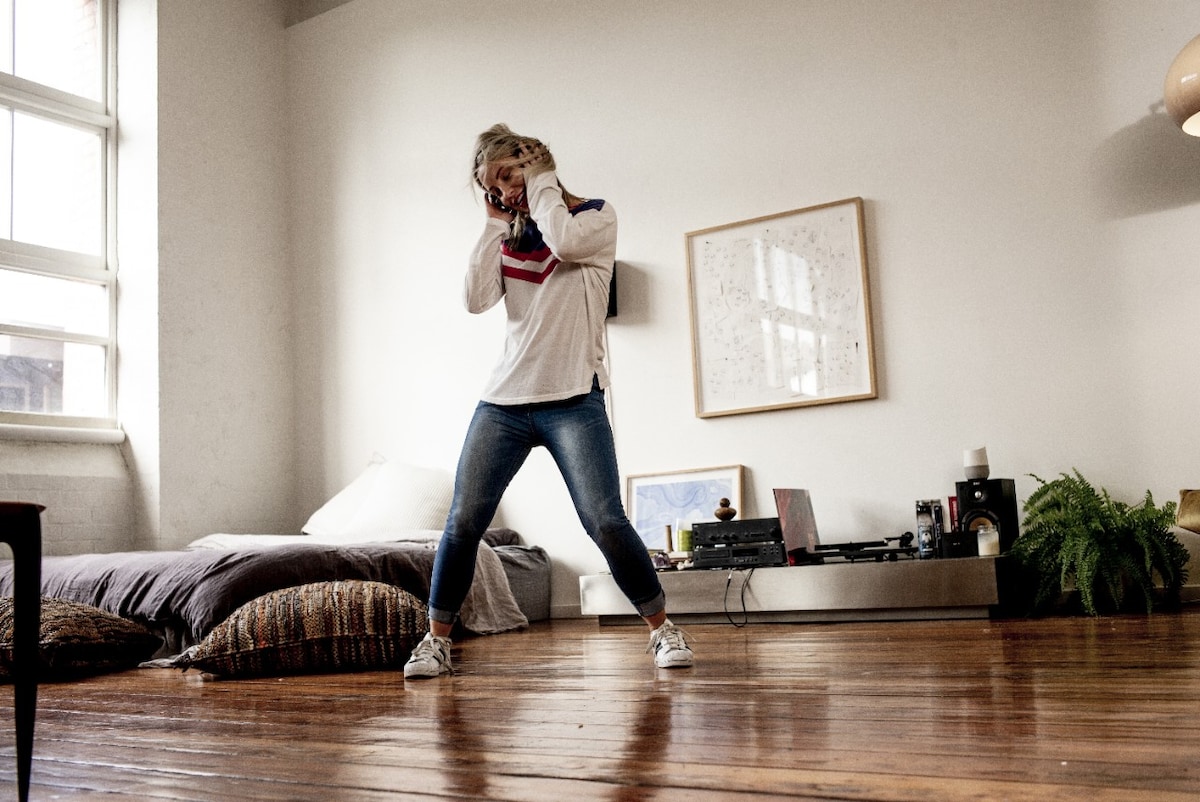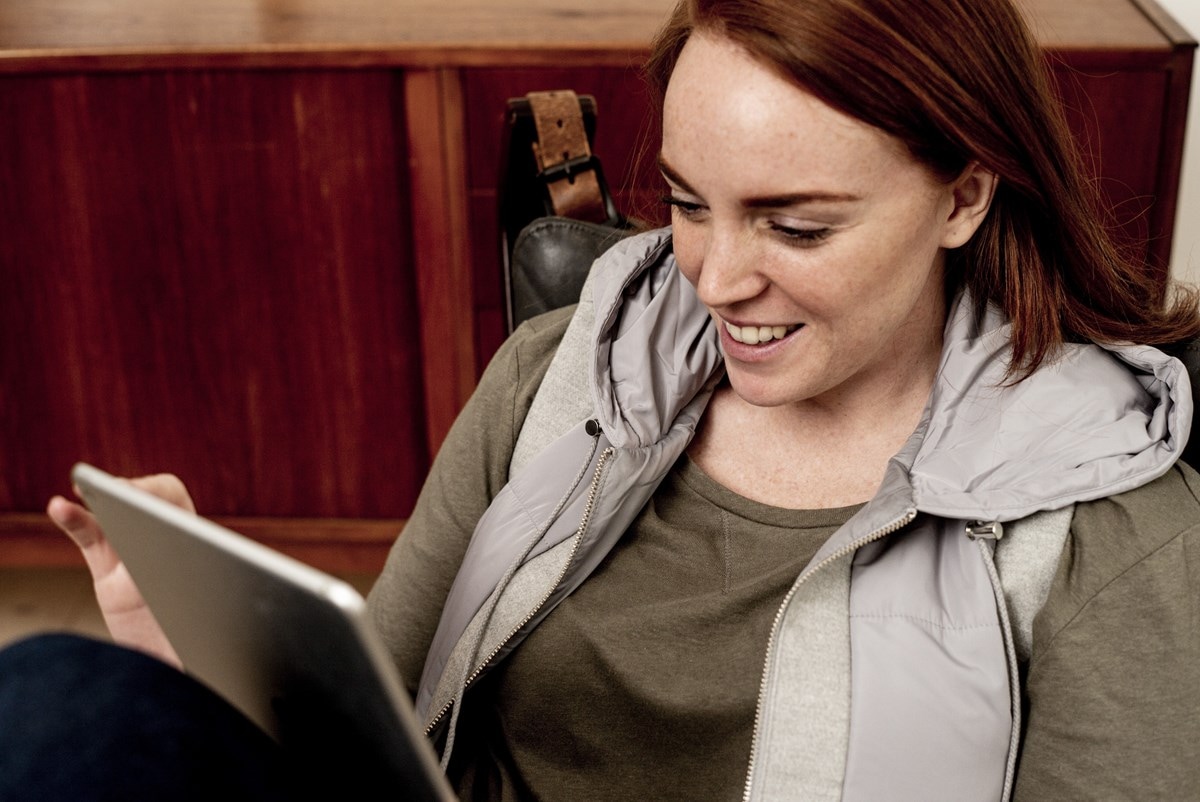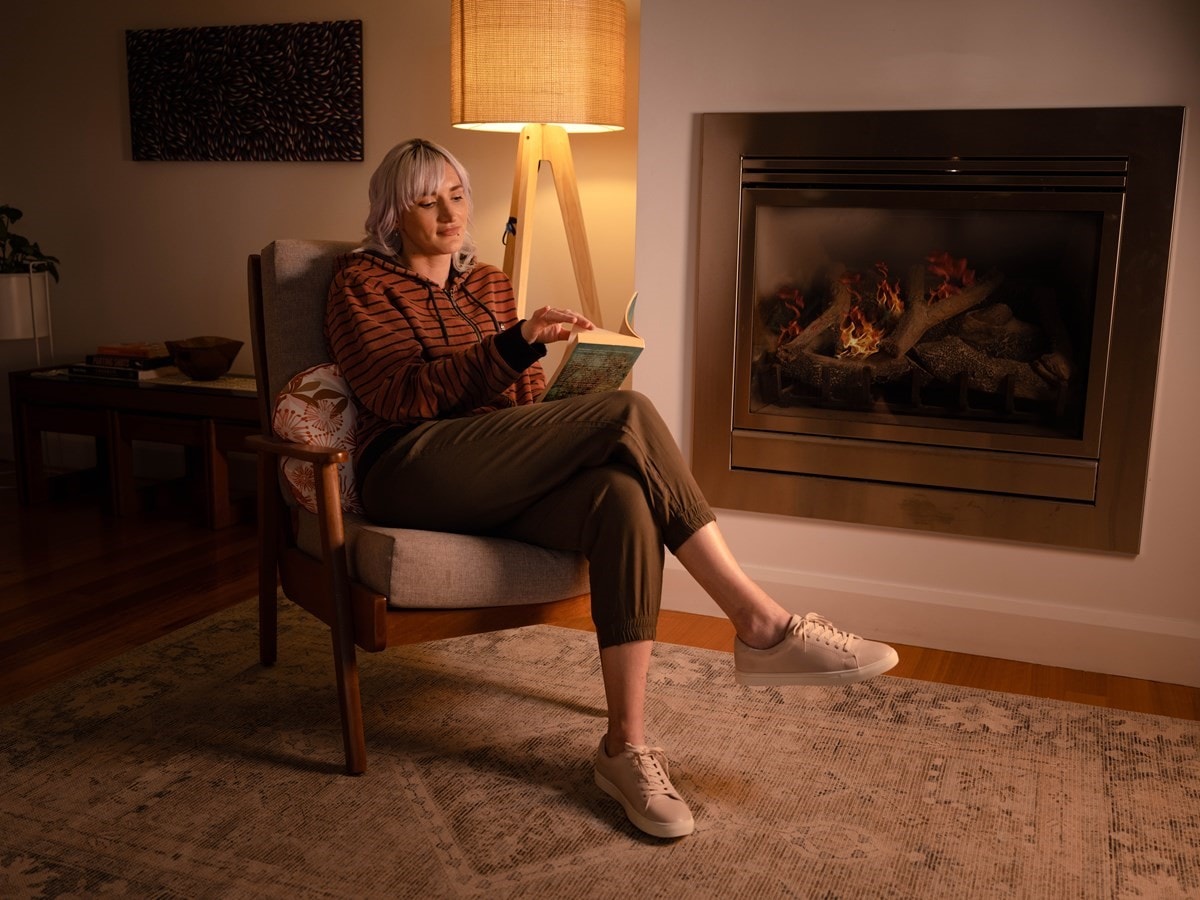10. Furry friends
A man’s best friend, or a man’s best heater? Our furry friends can be a great heating device to keep us warm during the winter months. They are great to cuddle up with and often provide us with a sense of unconditional love that can also warm our souls.
It’s also important to consider the safety of your pets in winter. Exposure to cooler temperatures can be detrimental for our furry friends too. Winter produces cold, dry air and in some areas, snow can cause chapped paws or itchy skin. Pay attention to your pets’ feet, especially in between the toes. If left outside for too long, pets can become cold, and disorientated so always check in on them.
With working from home now the norm for many, having an animal at home can be great company – and a furry, cuddle buddy during the winter months.






